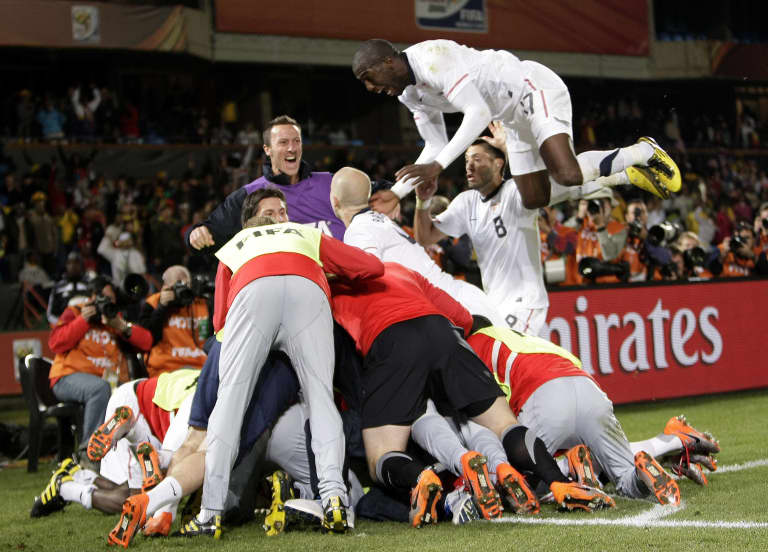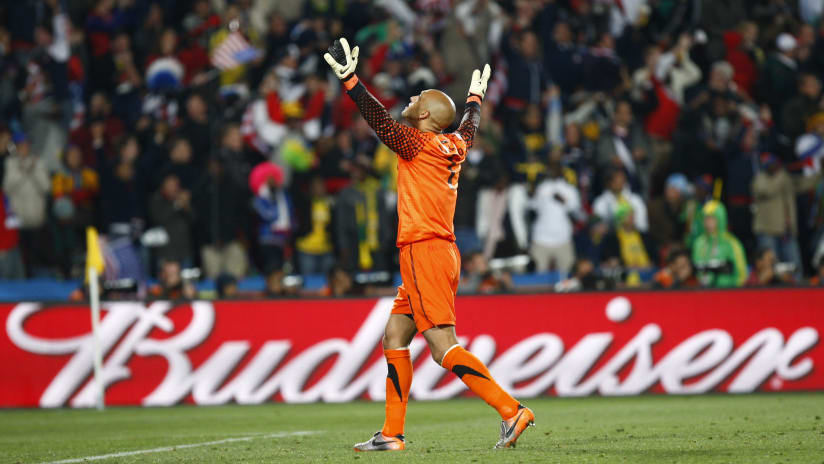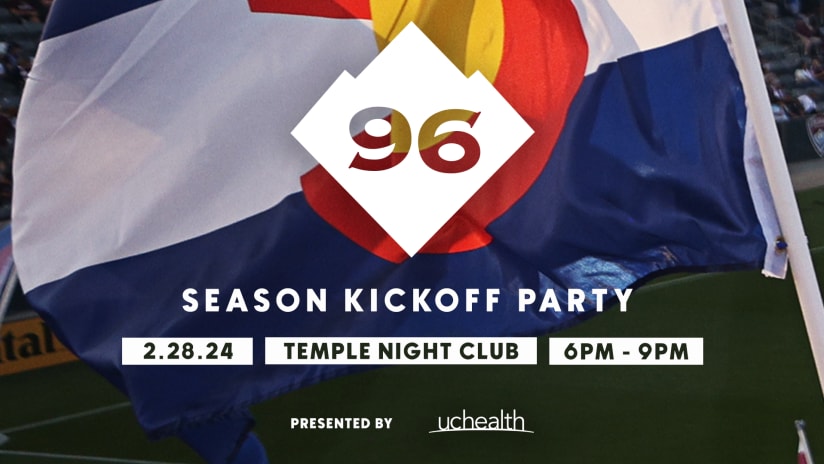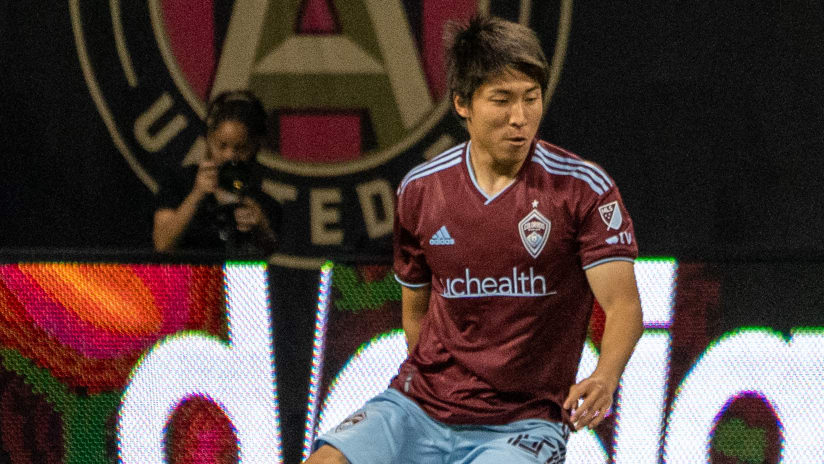Every so often, a team, a performance or a player comes along and changes the sports landscape as we know it.
For the NBA, the generation of Michael Jordan, Larry Bird and Magic Johnson sparked a cultural phenomenon around basketball in America that has yet to slow. That trio paved the path for superstars like LeBron James and Stephen Curry to transcend the game and become global icons. The game of basketball was different before those three arrived, and has never been the same since.
Those teams and players like Larry, Magic and Michael? The ones that can change the culture, perception and ultimately the future of a particular sport? For something like that to occur, you need the right ingredients and everything has to align just right all at the same time. For soccer in the US, that perfect blend came together like never before during the 2010 FIFA World Cup.
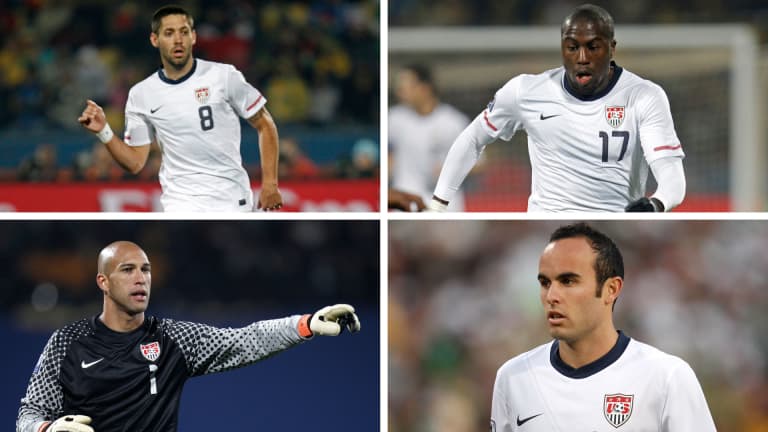
A veteran US side that had shocked the world just a year earlier at the 2009 Confederations Cup, was confident and poised for a deep run the following summer.
Tim Howard was the number one goalkeeper for the US heading into the tournament in South Africa.
“It’s really interesting in terms of the soccer culture and how it’s evolved in America,” Howard said. “I was a part of the World Cup in 2006, I watched from my mom’s couch in 2002 and in 1998 I went to the World Cup as a youth player, but there was something special about 2010."
As Howard and his teammates progressed through the highly-anticipated group stage opener against England (a 1-1 draw), the stakes began to rise, and Americans took notice. For the very first time, the recent advancements in technology, smart phones and social media meant that the US players were able to see how fans were responding and celebrating back home.
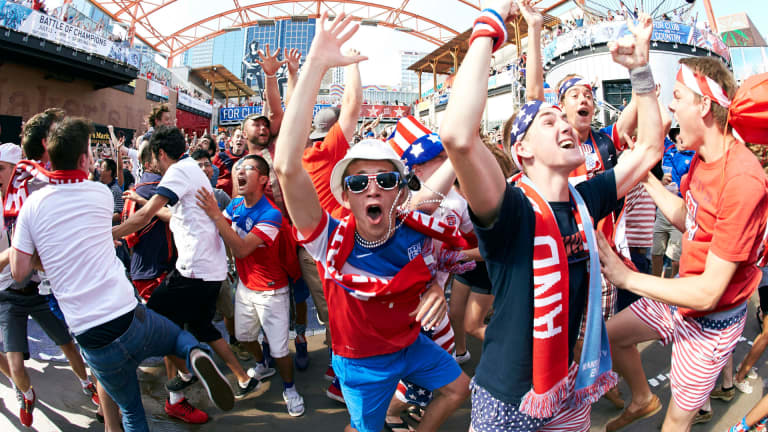
But it was one moment that truly started a cultural shift for soccer in America. Every fan of the sport in this country remembers the game like it was yesterday. US. Algeria. June 23, 2010. Loftus Versfeld Stadium. Pretoria.
The score was tied 0-0 as the moments ticked off the clock. If the scoreless draw held, the US would be eliminated. In the dying moments, Howard sparked a counter-attack from his penalty box. On the other end of the pitch, Clint Dempsey's shot was saved, but Landon Donovan was there to slot home the rebound and give the US the win.
While fans will remember the final result, and ensuing delirium, it was Howard who started the play after making a crucial save and hurling the ball the other direction to a sprinting Donovan down the sideline.
Tim remembers it like this…
“It was a tennis match. Back and forth the entire game," Howard said. "I just remember getting the ball and Landon (Donovan) was an easy target. We played together at Everton and the national team for years. He always knew the right place to be at the right time. I just remember looking up and he was there, he already had his head down. He knew the ball was coming and I just chucked it as hard as I could, and he did the rest. It was poetry in motion. It was just an incredible, iconic moment in US soccer.”
It stands as arguably the biggest and most dramatic goal scored in USMNT history and the win gave the US their first group victory at a World Cup since 1930.
Back home in the US, Donovan's goal sparked the first generation of viral celebrations that were easily captured and shared from smart phone to smart phone and from social account to social account. There are countless versions of the video like the one below. Strangers hugging complete strangers, beverages tossed in the air. It was a moment of pure joy and excitement, even if you knew nothing about soccer.
“Being able to see the watch parties, for me I can’t wait to watch the next World Cup that the US is in," Howard said. "It seems like the thing to do is go to bars and parks to watch the games, and as soon as the US scores everyone throws their beer up in the air. I remember that standing out in 2010.”
While the US would be eliminated in the next match, the right mix of ingredients came together for the US to create a cultural wave that the sport is still riding in North America today.
"We were a part of a generation that turned the tide in America,” Howard said. “Not just American soccer fans but bankers, Wall Street, men and women were leaving work to watch the games. This is what they do for the Super Bowl or March Madness and they were doing it for a World Cup. We were getting the common sports fans off the street to like soccer, to be interested in it and to be apart of the generation that did that was really cool.”
